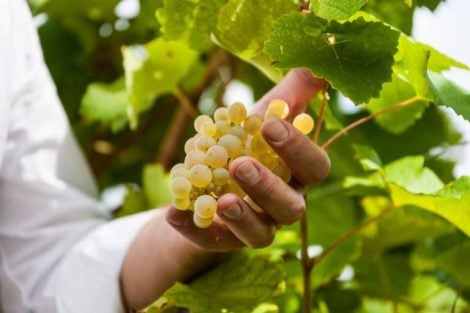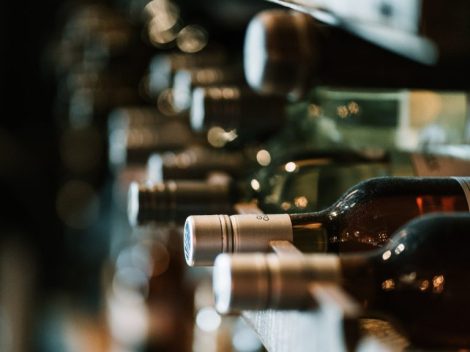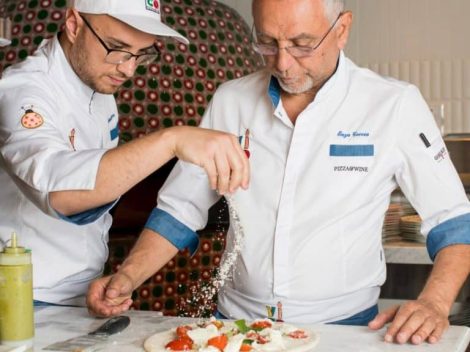by Andrea Cuomo
Amandus is the Latin word from which the name of Mandello sul Lario derives, a land of engines (Moto Guzzi was founded here) and serene landscapes where mountains plunge into the lake (Lake Como, of course). But Amandus in Latin also means "to be loved," and it’s easy to fall for this restaurant at Villa Lario Resort—a place of quiet beauty with a story worth telling. It's the story of two friends, Esa Secca and Raffaella Di Gennaro, who a few years ago decided to acquire this elegant 20th-century villa, once owned by the Biffi-Capalbi and Grundig families, and transform it into an enchanting lakeside retreat, complete with a lush garden and private docks.
"Not a secret but an experience"
Amandus, then: the more ambitious of the two restaurants within the resort (the other being the more casual Grill&Lunch), benefits from the expertise of Luca Mozzanica, a charismatic chef who has been at Amandus since 2016 after experiences alongside Claudio Prandi at Lear in Briosco and Griso in Malgrate. His cuisine is seasonal, rooted in the local area, without excessive flourishes but with great expressive power. He describes it as follows: “My cuisine is not a secret, but an experience. Creativity, study, and research set it apart. In this context, I want to offer unique emotions.” It’s clear that Mozzanica has a remarkable talent for centering pure flavor, avoiding overcrowding each dish with too many ingredients. He focuses on a strong claim and expresses it boldly, striving for lightness and pleasure. From this perspective, his cuisine is perfectly in tune with the times, which is particularly interesting in a classicist region like Lake Como.
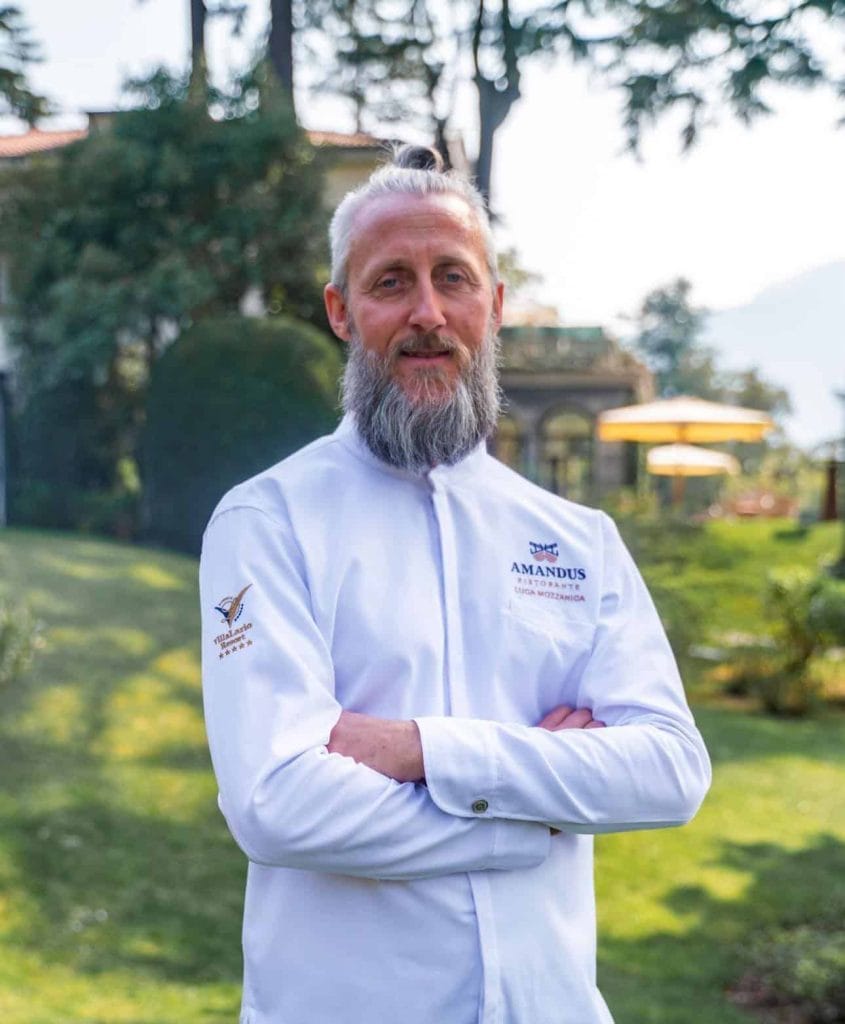
Luca Mozzanica
What to eat at Amandus
There are three menus available: the A Mano Libera tasting menu (€160, €230 with wine pairing) is certainly the one to choose if you want to fully explore Mozzanica’s philosophy, but there are also the more thematic Esperienza d’Acqua (€130) and Esperienza di Terra (€125). There’s also an à la carte menu that extends the dishes already present in the various courses. I started with a couple of amuse-bouches, including an Aria fritta reminiscent of bread with butter and missoltino, and a Crispy potato wafer with the chef’s signature (a choice that shows a certain self-confidence). Then, a Tiramisù di Lago that revisits the local tradition of freshwater fish, with coffee powder and crunchy buckwheat. An Eel grilled with teriyaki sauce on a skewer, served with spinach bread and oil powder, made a strong impression. A beautiful start.
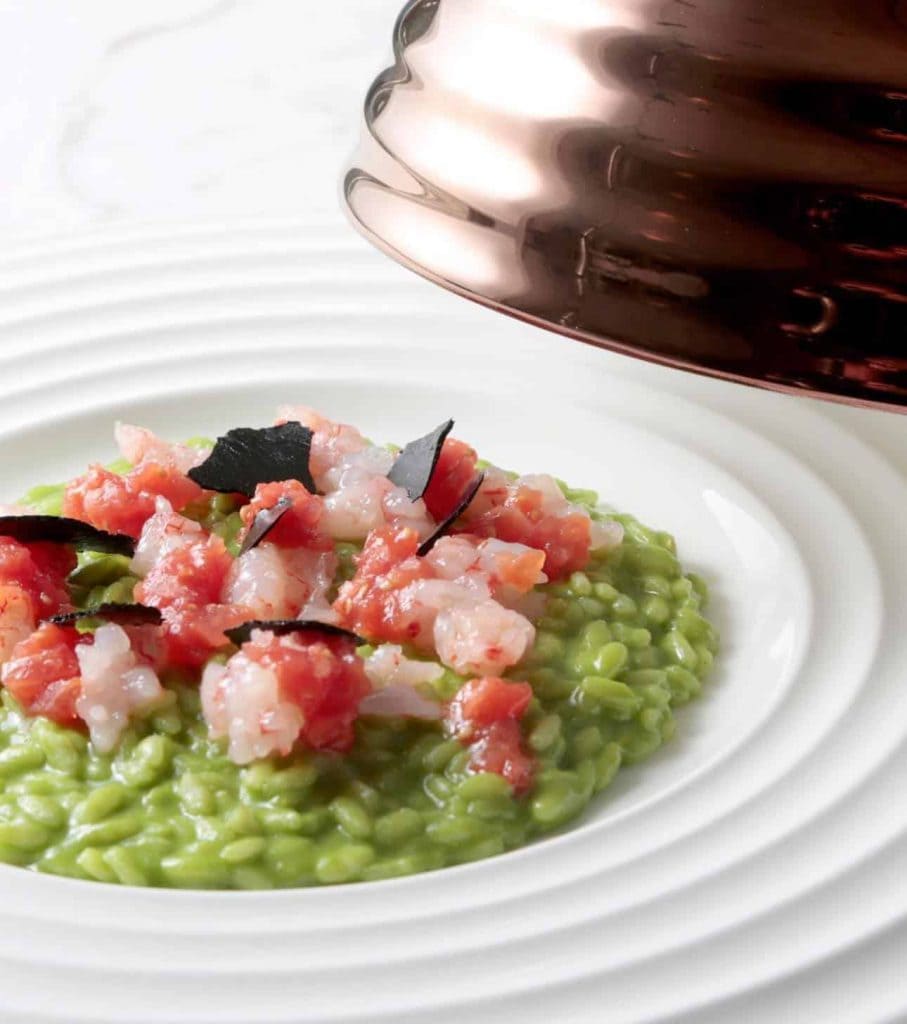
Il Risotto estivo
The essential risotto
Next up: a Bun filled with aubergine cream, tomato extract, liquid mozzarella, tomato crumble, and basil; and a Risotto with olive oil and basil, Sicilian red prawn tartare, datterino tomato, squid ink crumble, and basil essence. The chef told me that an essential summer risotto is a must for him, and I can’t disagree given the result. By the way, the rice used is a Carnaroli Campo dell’Ostia from Pavia.
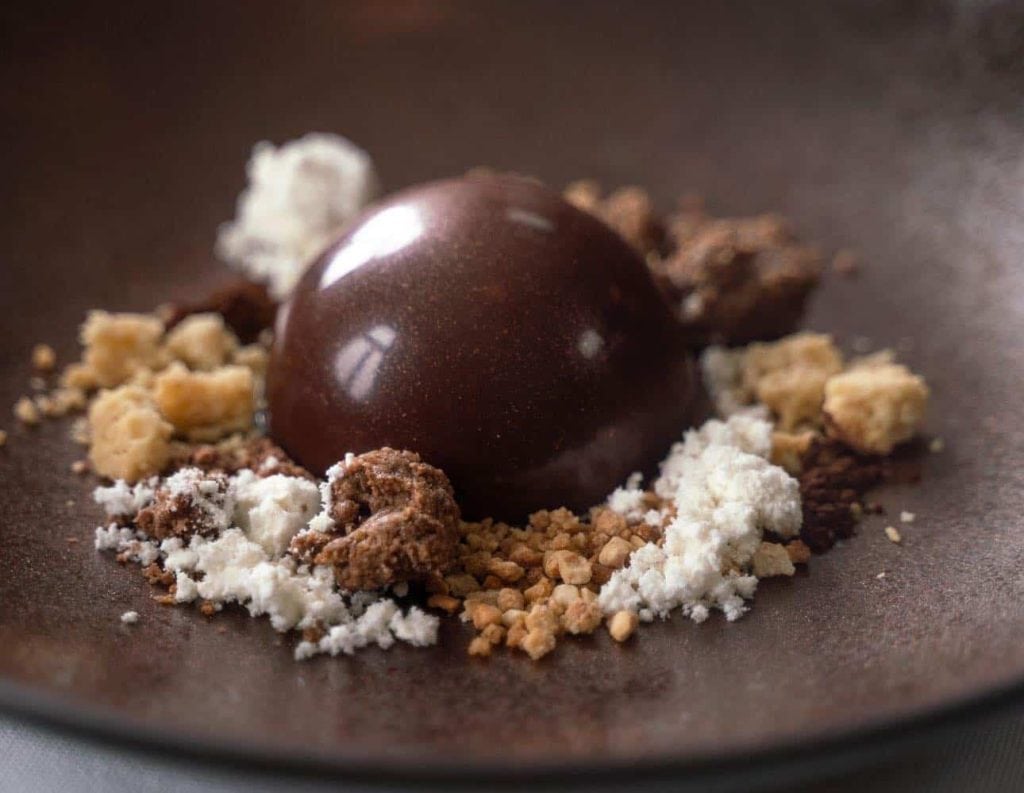
Il dolce al cioccolato
Trout and lamb
One dish from the water and one from the land: the first is Trout steamed with cavolo nero, crème fraîche, fermented currants, and fig powder (accompanied by a slightly alcoholic apple kombucha prepared by the chef himself); and a Spanish lamb fed exclusively on chicory, cooked over embers, which impresses with its salty and bitter taste that demands repeated tastings. No salt is added, but there’s goat ricotta cream, dried fruit, fermented cherries, and Nebbiolo wine sauce. Olé.
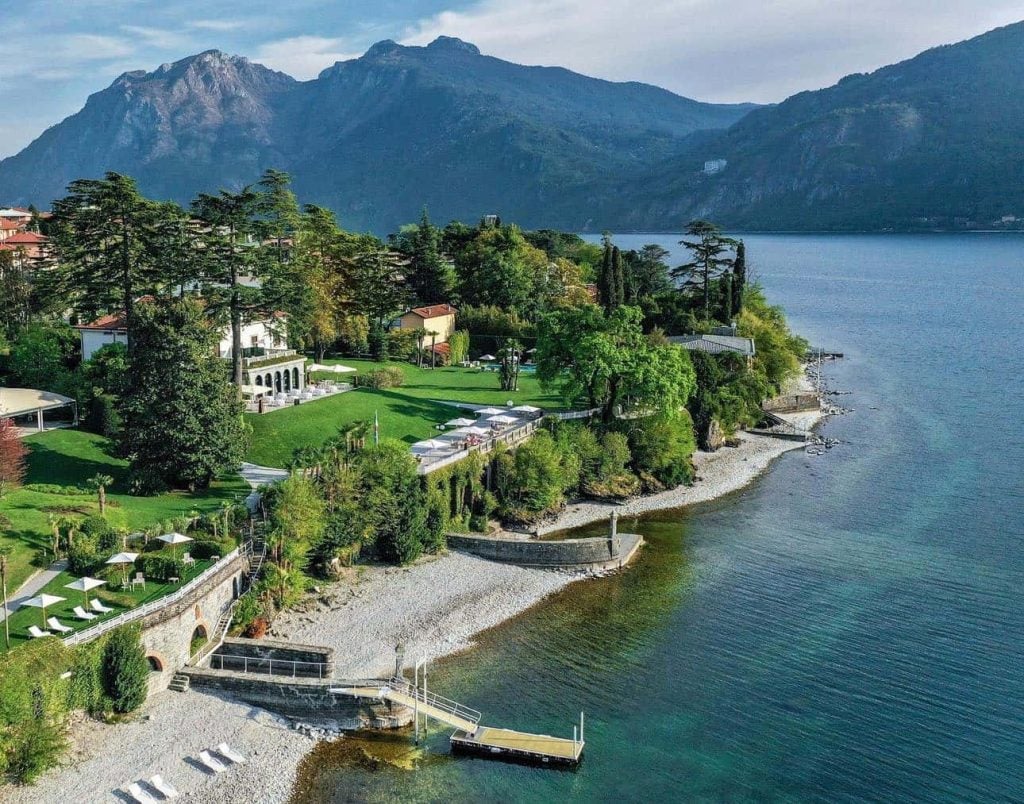
An aerial view of Villa Lario Resort.
A sweet ending
The meal concludes with a pre-dessert, a Chestnut honey panna cotta with a drop of orange and elderflower inside, and a 70% dark chocolate cheesecake with zabaione cream, fermented strawberry, blackberries, and salted raspberry crumble. I realized: 1) that the chef has a notable talent for pastry; 2) that he really likes crumbles, probably for their thick crunchiness. I appreciate it. The service runs smoothly, thanks to maître Francesco Nava, while sommelier Luigi Fumagalli manages a well-curated wine cellar with 180 labels, focusing on local wines, marked on the menu with a “topographic” symbol.

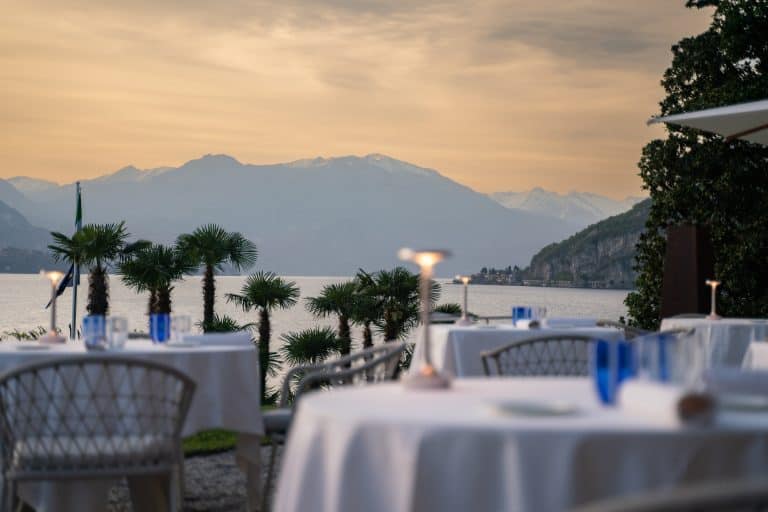
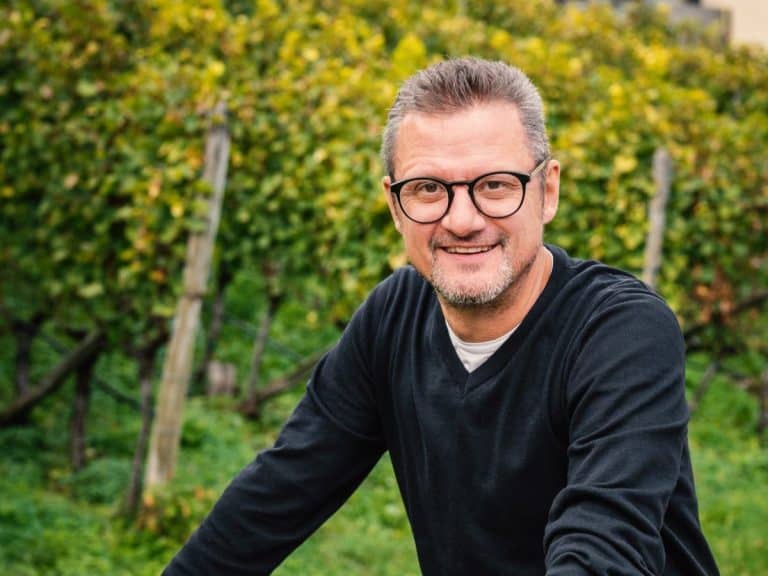 Non-alcoholic wines? Call them what you want, but they’re still a derivative of wine.” An Interview with Martin Foradori
Non-alcoholic wines? Call them what you want, but they’re still a derivative of wine.” An Interview with Martin Foradori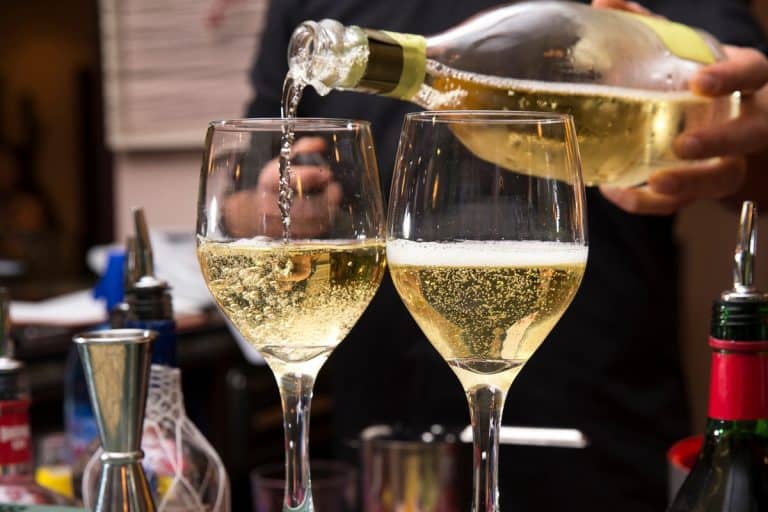 The 8 best Trentodoc wines chosen by Gambero Rosso
The 8 best Trentodoc wines chosen by Gambero Rosso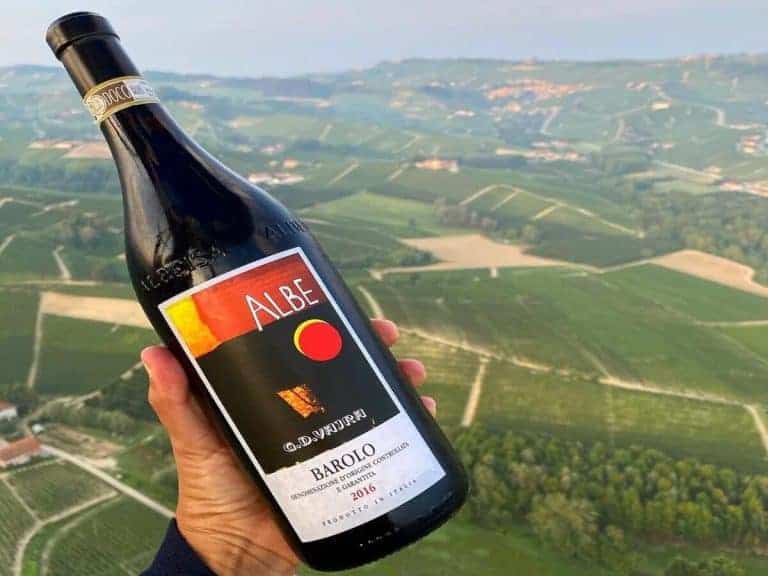 A Piedmont wine enters the top ten of Wine Spectator's "Top 100"
A Piedmont wine enters the top ten of Wine Spectator's "Top 100" Sparkling wines surpass still wines in Italian out-of-home consumption. Most popular during the aperitif
Sparkling wines surpass still wines in Italian out-of-home consumption. Most popular during the aperitif American Barbecue wins a Michelin star for the first time in history
American Barbecue wins a Michelin star for the first time in history